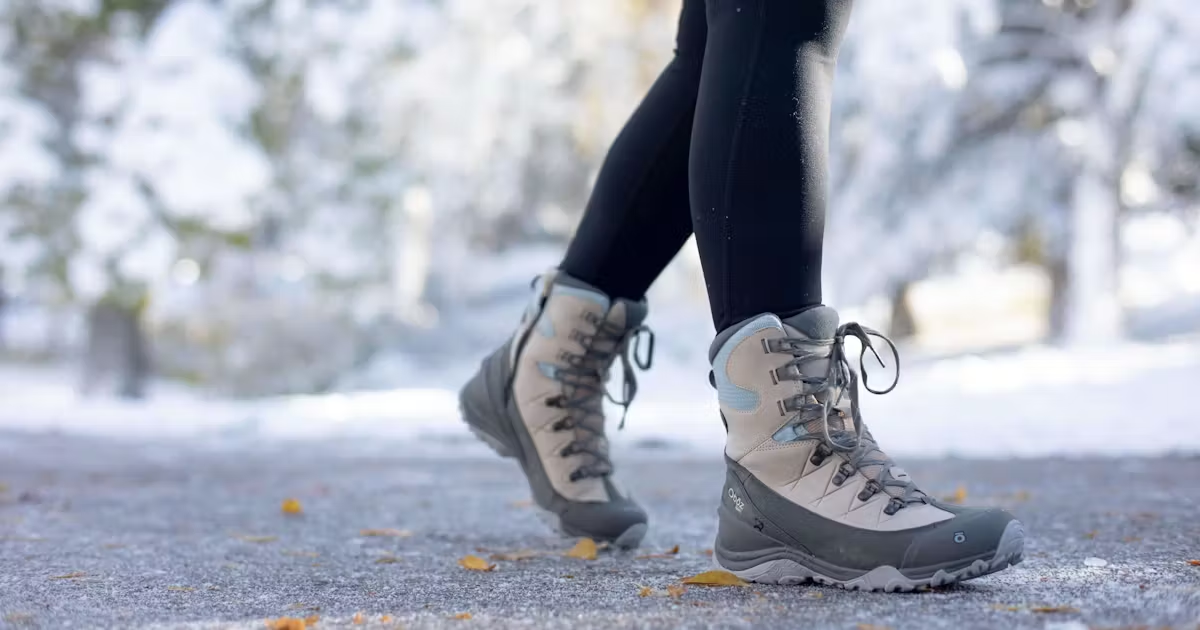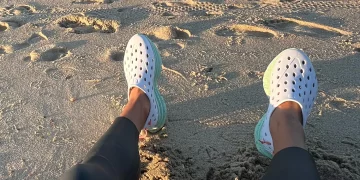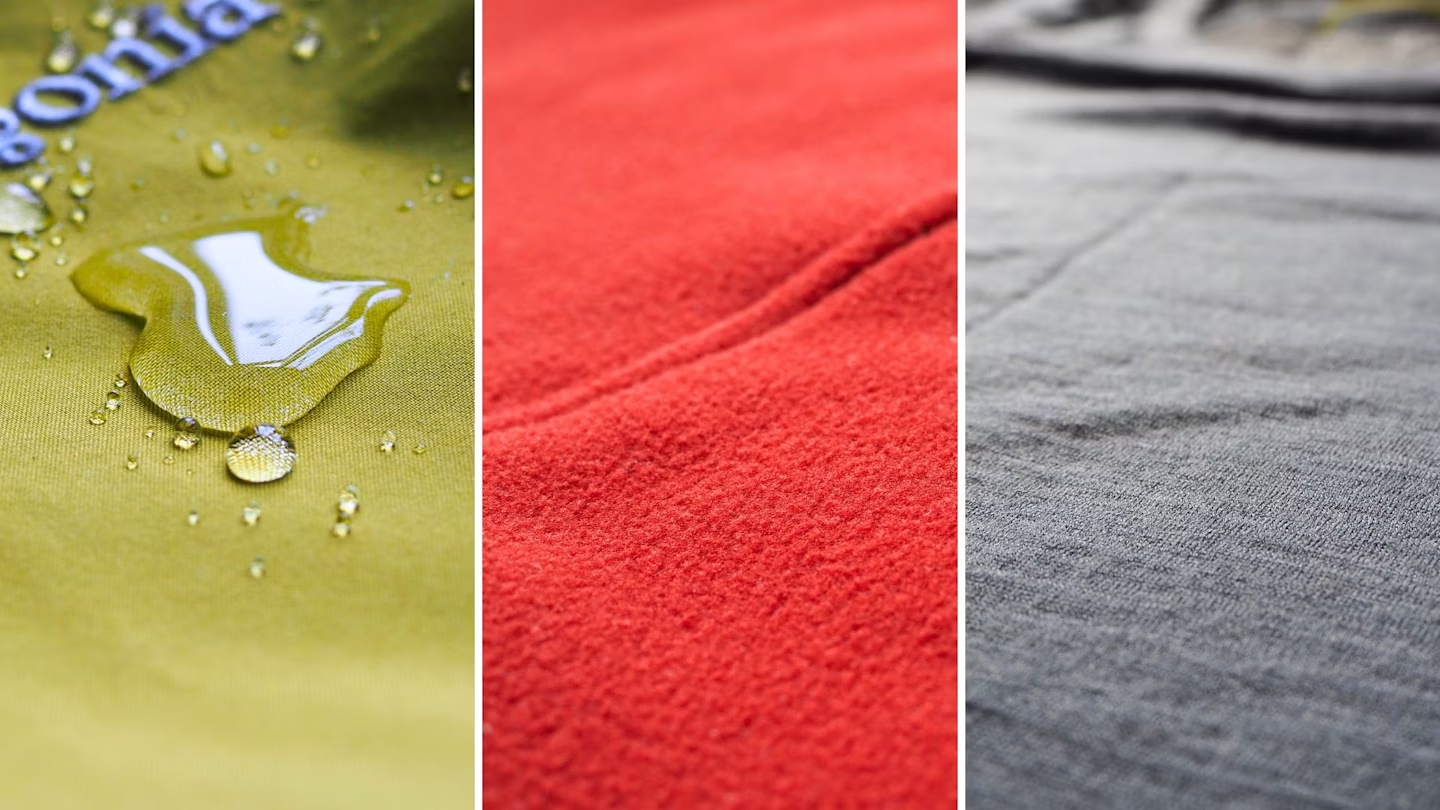Hiking boots: they’re more than just footwear—they’re your armor against the unforgiving wilderness. Whether you’re trekking across scorching deserts, navigating icy alpine trails, or fording fast-flowing rivers, your boots play a pivotal role in keeping you safe, comfortable, and agile. Yet, not all hiking boots are created equal. Extreme conditions demand extreme performance, and understanding how your boots respond can mean the difference between a triumphant summit and a miserable slog.
In this article, we’ll dive deep into the science, technology, and practical considerations behind hiking boots designed for extreme conditions. From material innovation to fit, traction, and durability, we’ll cover everything you need to know to select—and care for—the right boots for your most challenging adventures.
1. Understanding “Extreme Conditions”
Before assessing whether your boots are up to the task, it’s essential to define “extreme conditions.” The term is relative, but in the context of hiking, it generally refers to environments that push both your body and gear to their limits. Key factors include:
- Temperature Extremes: Subzero cold, blistering heat, or fluctuating temperatures.
- Terrain Difficulty: Rocky paths, mud-laden trails, sand dunes, snowfields, glaciers.
- Moisture Exposure: Heavy rain, rivers, snowmelt, and marshy areas.
- Altitude & Oxygen Levels: Thin air, which can impact foot circulation and swelling.
- Distance & Duration: Multi-day treks magnify wear, fatigue, and moisture-related issues.
Boots that excel in these conditions are often a blend of durability, support, breathability, and waterproofing. Each environment poses unique challenges, and no single pair can handle all extremes equally well—but understanding the trade-offs will help you choose wisely.
2. Anatomy of an Extreme-Condition Hiking Boot
A high-performance hiking boot is a symphony of materials and design choices, engineered for stability, comfort, and protection. Let’s break down the essential components:
2.1 Upper Material
The upper is your boot’s “armor.” Traditional leather offers unmatched durability and water resistance but can be heavy and slow to dry. Modern synthetic materials—like nylon, polyester, and mesh composites—offer lighter weight and faster drying times, though they may sacrifice some longevity. Many extreme-condition boots use hybrid constructions, combining leather for durability in high-wear areas with synthetic panels for breathability.
2.2 Waterproof Membranes
Waterproofing is critical in rain, snow, or river crossings. Gore-Tex remains the industry standard, providing breathable waterproof protection, but newer technologies like eVent, SympaTex, and proprietary membranes are closing the gap. Note: waterproof boots can trap heat in warm conditions, so it’s important to match boot selection with environment.
2.3 Midsole Cushioning and Support
Your midsole absorbs shock, supports arches, and stabilizes your gait. EVA (ethylene-vinyl acetate) offers light cushioning but compresses faster, while polyurethane (PU) is heavier yet more durable and supportive for long treks. In extreme terrain, a combination of firmness and shock absorption prevents fatigue and protects your joints over rocks, roots, and scree.

2.4 Outsole and Traction
Grip is non-negotiable in extreme environments. High-traction rubber compounds with multi-directional lugs are standard. Vibram soles are legendary for their balance of durability and grip. Some boots even incorporate specialized crampon compatibility or aggressive lug patterns for snow, mud, and loose gravel.
2.5 Ankle Support
Ankle support prevents twists and sprains on uneven terrain. High-cut boots are standard for heavy backpacking or glacier travel, while mid-cut options may suffice for lighter treks on rough but stable terrain. Extreme-condition boots often include reinforced ankle collars and torsion-resistant midsoles for additional stability.
3. Matching Boots to Extreme Environments
Different extreme conditions demand specific boot features. Let’s explore several scenarios.
3.1 Cold Weather and Snow
Challenges: frostbite risk, icy trails, wet snow.
- Look for insulated boots (Primaloft, Thinsulate).
- Waterproof membranes prevent wet feet.
- Stiff midsoles and crampon-compatible soles aid traction.
- Breathability matters—condensation inside boots can lead to cold feet.
3.2 Hot, Arid Climates
Challenges: blisters from heat, sand intrusion, dehydration.
- Lightweight, breathable boots with mesh panels.
- Gaiters to prevent sand ingress.
- Adequate ventilation to reduce overheating.
3.3 Wet, Rainy, or Marshy Terrain
Challenges: mud, puddles, slippery trails.
- Waterproof yet breathable membranes.
- Aggressive lugs for grip in soft or slick soil.
- Quick-drying liners to prevent fungal infections and discomfort.
3.4 Rocky or Mountainous Terrain
Challenges: sharp rocks, uneven surfaces, elevation changes.
- Stiff midsoles and reinforced toe caps.
- Vibram or equivalent outsoles with deep, multidirectional lugs.
- High-cut ankle support for stability.
3.5 River Crossings and Snowmelt
Challenges: prolonged immersion, cold water exposure.
- Fully waterproof boots with sealed seams.
- Hydrophobic materials to repel water.
- Fast-drying inner linings for multi-day excursions.
4. Testing Your Boots for Extreme Conditions
You can’t just read specs—you need practical testing. Here’s a systematic approach:
4.1 Waterproofing Test
- Step into shallow water or a stream for 10–15 minutes.
- Check for leaks or excessive moisture inside.
4.2 Flex and Stability Test
- Walk on uneven surfaces, rocks, or roots.
- Assess arch support, torsion resistance, and ankle stability.
4.3 Traction Test
- Try a variety of surfaces: wet rock, mud, loose gravel.
- Ensure the sole grips and doesn’t slip excessively.
4.4 Comfort and Fit Test
- Wear the boots for at least a few hours with a weighted backpack.
- Check for pressure points, hot spots, or friction areas.
Boots that fail any of these tests in their intended conditions should be reconsidered. Even the most expensive model is worthless if it leaves you slipping, blistered, or soaked.
5. Caring for Extreme-Condition Hiking Boots
Durability is partly about care. Extreme-condition boots face more stress, so proper maintenance extends their lifespan.
.jpg)
5.1 Cleaning
- Remove dirt, mud, and salt after every hike.
- Use a soft brush and mild soap or specialized boot cleaner.
5.2 Drying
- Avoid direct heat; let boots air dry at room temperature.
- Stuff with newspaper to absorb moisture and maintain shape.
5.3 Conditioning and Waterproofing
- Leather boots require periodic conditioning with wax or leather balm.
- Apply waterproof sprays or treatments to synthetic materials if needed.
5.4 Sole and Lining Maintenance
- Inspect for sole wear, delamination, or loose stitching.
- Replace insoles regularly to maintain cushioning and hygiene.
6. Technological Innovations in Extreme Boots
Hiking boots have evolved significantly, borrowing technologies from mountaineering, military, and industrial safety gear.
6.1 Advanced Materials
- Carbon-fiber reinforced soles for ultra-lightweight durability.
- Proprietary membranes that balance waterproofing and breathability.
- Thermoregulated insulation to adapt to changing temperatures.
6.2 Ergonomic Design
- Anatomically shaped midsoles reduce fatigue.
- 3D-printed or molded liners for custom fit.
6.3 Smart Boots
- Some modern prototypes integrate sensors to monitor terrain, impact, and fatigue.
- Future designs may offer real-time feedback to prevent injuries.
7. Common Mistakes in Extreme-Condition Boot Selection
Even seasoned hikers make mistakes. Avoid these pitfalls:
- Ignoring Break-In Time: Never wear brand-new boots on extreme treks.
- Choosing Fashion Over Function: Stylish boots often compromise performance.
- Overlooking Terrain Specificity: One pair rarely fits all environments.
- Neglecting Fit: Too tight or loose leads to blisters, sprains, or fatigue.
- Underestimating Weight: Heavy boots add strain over long distances.
8. Final Checklist: Are Your Boots Ready?
To sum up, ask yourself these questions:
- Are they waterproof and breathable for the expected conditions?
- Do they provide adequate ankle support and cushioning?
- Is the outsole designed for the terrain you’ll encounter?
- Have they been properly tested, broken in, and maintained?
- Are they durable enough for multi-day excursions without compromising comfort?
If the answer is yes, your boots are more than ready—they’re your first line of defense against the extremes nature throws your way.
9. Conclusion
Extreme-condition hiking boots are not merely a luxury—they’re essential survival tools. From icy glaciers to sweltering deserts, the right pair can transform a grueling trek into an exhilarating adventure. Choosing wisely requires knowledge, testing, and proper care, but the reward is unmatched comfort, safety, and confidence in the wild. So, lace up, step out, and let your boots take you to places you’ve only dreamed of—because when conditions get extreme, your footwear should be your strongest ally.























